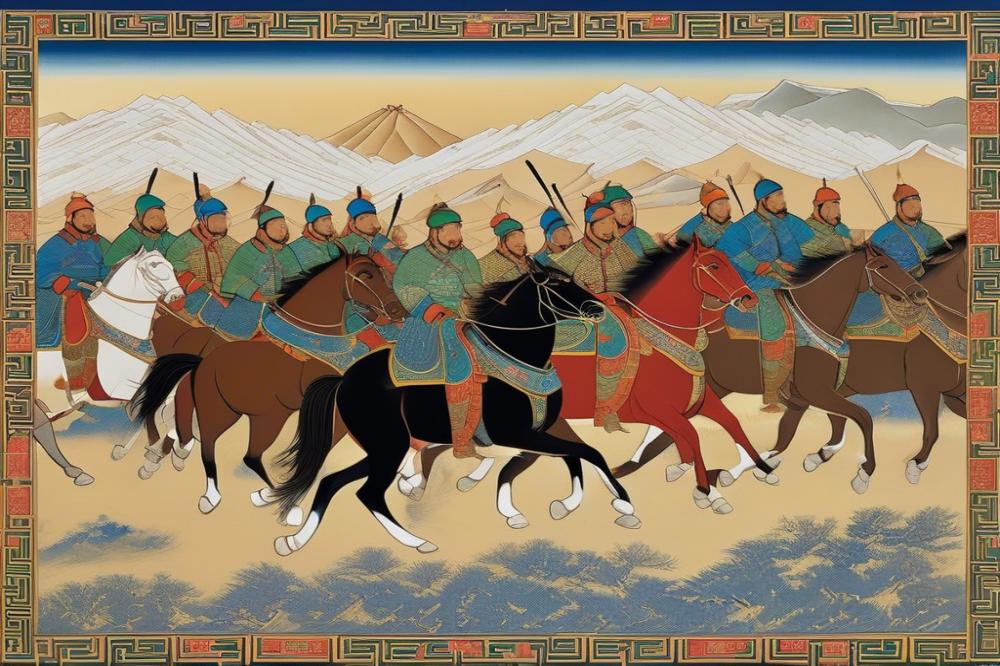The Impact of Horses on the Mongol Empire‘s expansion
Many cultures throughout history have had a deep connection with Horses. These animals have shaped societies, influenced warfare, and altered trade routes. In places like Arabia, Greece, and Central Asia, equestrians experienced a bond with their mounts that transcended mere utility. They were part of everyday life, serving as companions and essential tools for travel and commerce.
The Mongol Empire stands out for its incredible expansion across vast territories. This success can be heavily attributed to the strategic use of horses. They provided speed and mobility that traditional armies did not possess. Most military tactics at that time emphasized foot soldiers, but the Mongols transformed warfare with their cavalry. Through their fast-moving troops, they could cover long distances swiftly, striking fear into the hearts of their enemies.
Central to this remarkable expansion was Genghis Khan. He unified the Mongolian tribes and created a powerful leadership structure. Under his command, the Mongol army became an unstoppable force. Genghis Khan’s insight into the importance of mobility set his empire apart. He understood that to dominate, the Mongols had to outmaneuver their foes. This philosophy allowed for quick strikes and decisive victories.
In summary, the relationship between horses and the Mongol Empire provided both practical advantages and a strong cultural identity. Genghis Khan’s vision and leadership further enhanced this unique connection. Ultimately, horses were not just animals but vital keys to the organization and success of one of history’s greatest empires.
The Role of Horses in Mongol Nomadic Culture
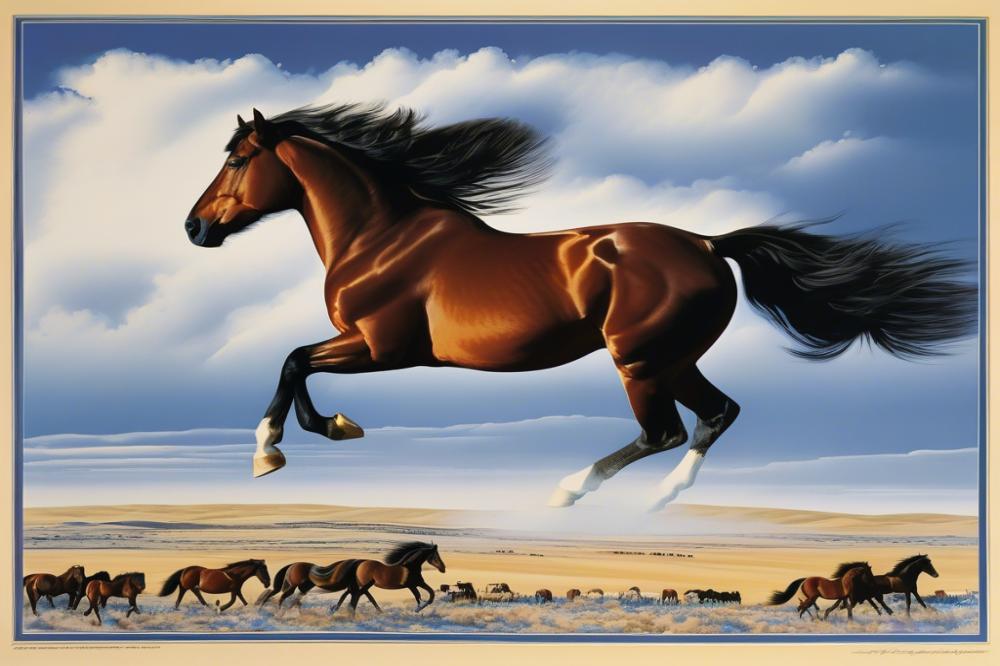
Life in the vast steppes of Mongolia revolved around nomadic traditions. Families moved frequently, seeking better pastures for their livestock. Herding was essential for survival, and community bonds strengthened through shared responsibilities. Settlements were temporary, allowing people to adapt to changing seasonal conditions.
A central feature of Mongol society was the horse. This animal was not just a mode of transport; it represented status and wealth. Warriors often measured their prestige by the number and strength of their steeds. Among the Mongols, horses played an integral role beyond mere transportation.
Daily life depended heavily on these creatures. They provided milk, wool, and meat, which were vital for nourishment. Children learned to ride before they could walk. The bond between horse and rider was profound, shaping identity in many ways. Maneuvering through harsh terrain was easier when mounted, leading to significant advantages in hunting and warfare.
Further, horses fostered a strong sense of community. Shared riding experiences linked individuals and families. Competitions, such as racing and archery on horseback, created entertainment and camaraderie. Skills honed in these activities often translated into military strategies, making each rider both a valued member of society and a fierce warrior.
Many rituals and traditions revolved around horses. They were often seen as sacred creatures in Mongolian culture. Celebrations, such as the Naadam Festival, highlighted their importance with races and games. This deep-seated respect underscored their impact on Mongol identity and unity.
Horses and the cavalry: Key to Military Tactics
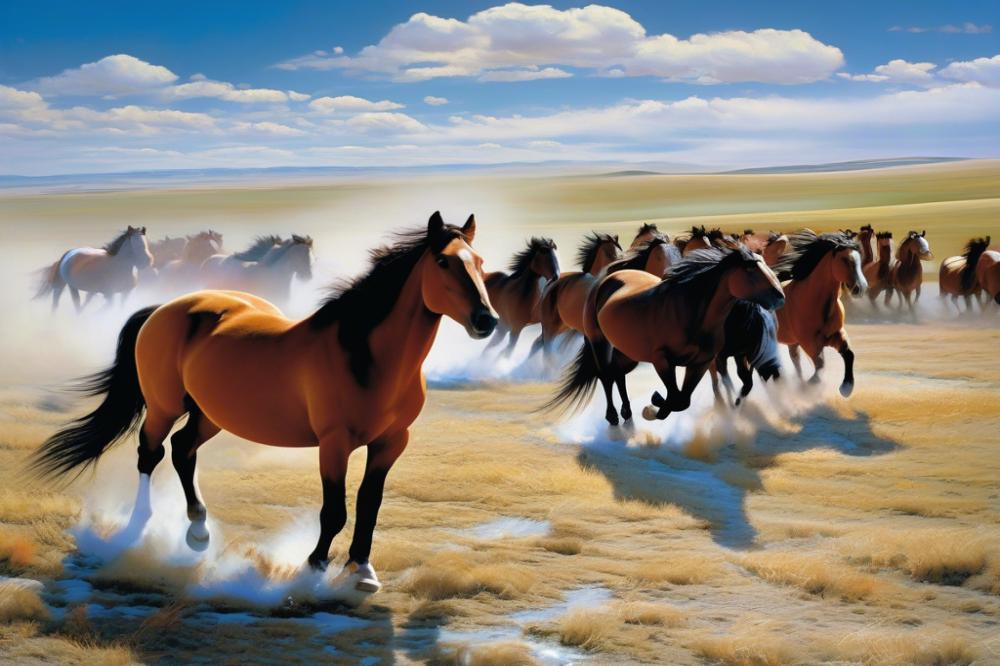
Development of the Mongol cavalry
The Mongol cavalry was revolutionary. It evolved into one of the most effective military forces of its time. Warriors rode with incredible skill and discipline. Each soldier became part of a larger, coordinated unit. This organization was crucial during battles. Their training emphasized mobility and precision over heavy armor. Lightly armored horsemen gave them the upper hand in speed and agility.
Training and breeding of horses for warfare
Training horses for combat was a meticulous process. Mongolian tribes carefully selected the best breeds for endurance and strength. Young horses underwent rigorous training, becoming accustomed to the sounds of battle. This preparation made them reliable when faced with chaos. Riders learned to form a close bond with their mounts, enhancing their performance in the field. The quality of the horse directly impacted the effectiveness of the cavalry.
Military advantages conferred by horse mobility and speed
Mobility provided a significant edge in warfare. Warriors could quickly reposition themselves during combat. This swift movement confounded their enemies. Cavalry units executed rapid attacks and retreats, often leaving foes in disarray. They were capable of covering vast distances in a short amount of time. Such expediency allowed Mongols to launch surprise assaults on unprepared opponents. These tactics were instrumental in expanding the empire’s reach across Asia and Europe.
Genghis Khan’s Innovations in Warfare and Logistics
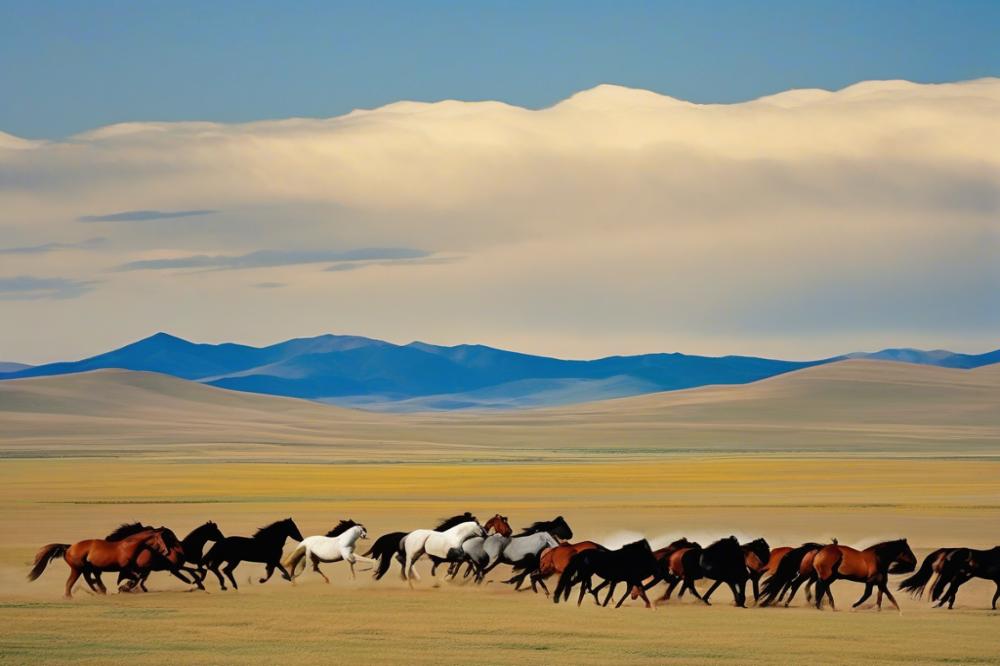
Strategic use of mounts transformed the Mongol military. Genghis Khan understood that speed could change the battlefield. His forces moved quickly, striking with little warning. This tactic often left enemies bewildered and unprepared.
Maintaining cavalry units required meticulous planning. Soldiers needed food and care for their animals. Genghis implemented a system of supply routes and camps. These helped sustain his army during long campaigns. As a result, they could travel farther than many thought possible.
Successful tactics played a key role in his victories. One notable method was feigned retreat. Mongol warriors would pretend to flee, only to turn and ambush their pursuers. This bait-and-switch strategy caught many off-guard. Engagements turned in favor of the Mongols time and again.
Genghis Khan also valued communication between troops. He used signal flags and delegated leaders to make quick decisions. This decentralized command allowed for more fluid responses during battles. Each aspect of his military strategy contributed to the effective use of resources.
In addition to mobility, Genghis Khan emphasized discipline. Troops were trained to perform complex maneuvers. This preparation was crucial during large-scale engagements. Unity among the ranks helped ensure every member knew their role.
Overall, Genghis Khan’s approach to warfare and logistics was revolutionary. By integrating speed, organization, and strategic deception, he reshaped combat. His innovations maximized the effectiveness of his military campaigns.
Impact on Trade Routes and Communication
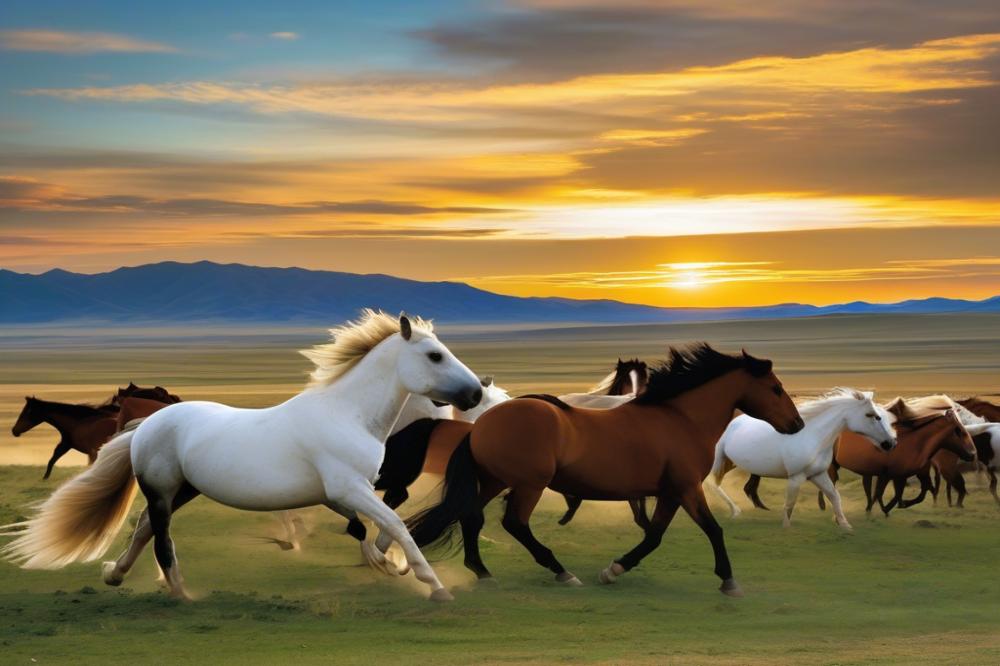
The Mongol Empire relied heavily on its steeds to boost trade across vast territories. Movement of goods was made quicker and more efficient thanks to these animals. Merchants could transport spices, silk, and precious metals along well-established paths. The empire transformed trade, connecting distant places and cultures.
One of the critical connections was the Silk Road. This ancient route flourished under Mongol rule, becoming a major artery for commerce between East and West. Traders traveled these paths, navigating deserts and mountains, while their animals bore the weight of valuable cargo. This interaction led to cultural exchanges that enriched both sides.
Mounted couriers also played a significant role in communication. These riders delivered messages across the empire with remarkable speed. Using a relay system, they changed horses at stations that dotted the landscape. This reliable network kept leaders informed and decisions flowing smoothly throughout the vast territory.
Effective communication was vital for maintaining power and administering justice. As a result, the ability to relay messages rapidly impacted the governance of the empire. Diplomatic relations also benefited, with swift conveyance of news and decisions enhancing alliances.
Trade routes and effective communication were interconnected. The flow of goods often depended on how quickly information could travel. Merchants needed to know about safe passages and recent developments. Likewise, rulers needed to manage the economy and enforce laws effectively.
Horses and the Expansion of the Mongol Empire
Mounted warriors played a vital role in the Mongol Empire’s growth. Cavalry-based strategies allowed them to move quickly across vast territories. Mobility gave these forces an edge over their enemies. Armies could launch surprise attacks and retreat swiftly when needed. Their ability to travel long distances made conquest more feasible. Unlike many other empires, the Mongols relied heavily on this advantage.
Several key battles showcased the effectiveness of this approach. The Battle of Khalkha River, for instance, demonstrated how maneuverability outmatched stationary defenses. Troops could encircle foes and exploit weaknesses. Through such tactics, they secured vital victories that led to greater land control. This method of operation became a hallmark of their military style.
Long-term effects of this strategy transformed the empire dramatically. Expansion created a mix of cultures and ideas. Trade routes flourished as territories were secured. Communication improved across regions, fostering connections. As the empire grew, so did the reliance on a mobile military. This reliance fostered a legacy that influenced future empires in Central Asia.
Final Thoughts on Equine Influence in History
Summary of Impacts
The Mongol Empire’s growth can largely be attributed to their exceptional relationship with equines. These animals played a crucial role in the vast territorial expansion throughout Asia and Europe. They served not only as a mode of transportation but also as assets in warfare. The skillful tactics of cavalry allowed the Mongols to outmaneuver their enemies and dominate battlefields. Without these animals, their conquests may not have been possible.
Legacy of Transformation
Horses also transformed the cultures they encountered. They facilitated trade across the Silk Road, connecting diverse regions and bringing various goods, ideas, and customs into contact. This exchange led to cultural diffusion and integration among different societies. The bond between people and these animals resonated through tales and traditions that have lasted for centuries.
Importance of Equine Contributions
In reflecting on history, it becomes clear how significant this connection has been. The impact of these animals extended beyond mere utility; they became symbols of status, power, and freedom. Today, the influence of equines can still be seen in many cultures around the globe. Their contributions to human societies are undeniable and remarkable.
The legacy they helped build remains a testament to the profound role animals can play in shaping history. Each stride taken by these creatures reverberated through the past, leaving an indelible mark on the world. History is richer because of this unique relationship that continues to inspire and inform.

